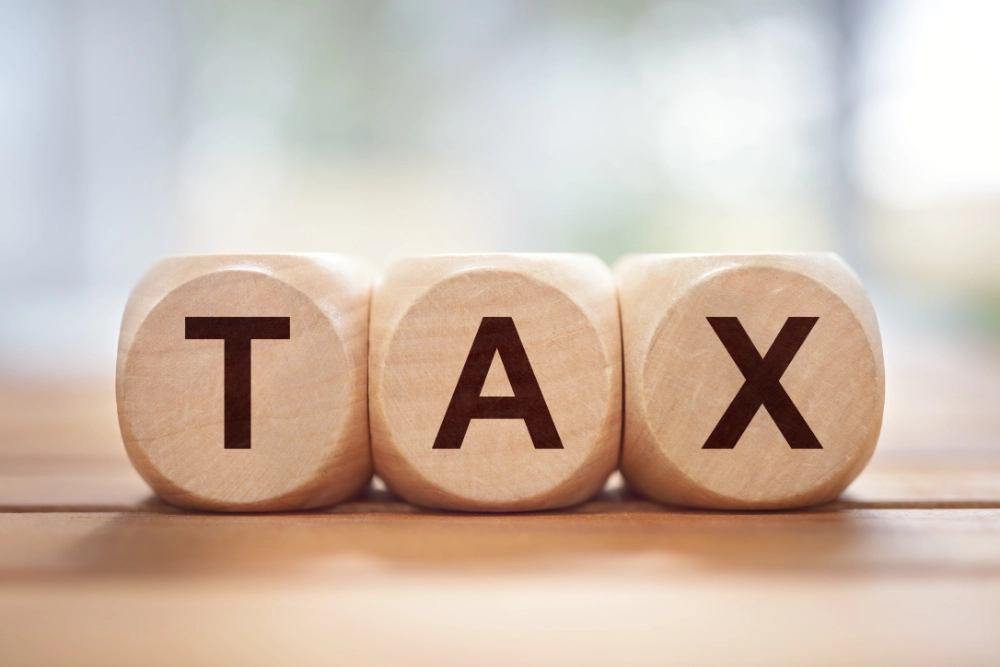On April 1st 2023, the UK government introduced the small profits rate of corporation tax, which has led to lots of confusion for small business owners about how to calculate the amount of corporation tax because it is now a tiered system. In this RJF Accounting blog, we will explain what you need to know and provide an example of calculating your corporation tax using marginal relief.
Blog Contents:
show
The New Way Of Calculating Corporation Tax
Starting April 1st, 2023, corporation tax adopts a more tiered approach, with rates depending on each company’s profit levels. This might feel familiar, as the system after April 2023 resembles the one in place during the financial year pre-2014. Upper and lower profit limits are making a comeback (though at slightly lower levels than in 2014), along with marginal relief for profits that fall between these limits.
The corporation tax rate rises to 25% for companies with profits surpassing the ‘upper profits limit’ of £250,000. On the other hand, companies with profits below the ‘lower profits limit’ of £50,000 will continue to pay corporation tax at the ‘small profits rate’ of 19%, which remains unchanged.
The lower and upper-profit limits are reduced proportionately when the accounting period is less than 12 months. They are also reduced when a company has one or more associates.
For companies with profits between the lower and upper profits limits, corporation tax will be charged at the main rate, moderated by marginal relief. This system ensures a gradual escalation in the corporation tax rate as profits rise, ultimately reaching the primary rate of 25% once profits hit the upper profits limit.
Calculating Marginal Relief
There are lots of online calculators to help you work this out, including one from HMRC, but if you want to know how to calculate it or understand it better, we have this method below:
First, multiply your annual profit by the main 25% rate.
For example, if your annual profit is £100,000, then your calculation would be: 100,000 x 25% = £25,000.
Next, subtract your annual profits by the £250,000 threshold. In this case, it would be: £100,000 – £250,000 = -£150,000.
Then, multiply the result of step two by the marginal rate multiplier of 3/200. For this example, it would be: -£150,000 x 3/200 = -£2,250.
Finally, subtract the result of step three from step one. In this example, it would be: £25,000 – £2,250 = £22,750.
So, for an annual profit of £100,000, the corporation tax liability would be £22,750, representing a tax increase of £3,750 and a corporation tax rate of 22.75%.
How Can RJF Accounting Help?
RJF Accounting has accounting teams based in Manchester and Macclesfield, ready to help you with all your accounting and tax advice needs. We offer in-depth and helpful services and can help you navigate troublesome waters that are tax, including the new corporation tax rates and marginal relief.
If you want to know more about how we can help you speak to the team today about our services. You can call the team on 0161 5040629 or email us at hello@rjf.uk.com to see if we can help you get your plans off the ground! We are open Monday to Friday, 9 am – 5 pm!

